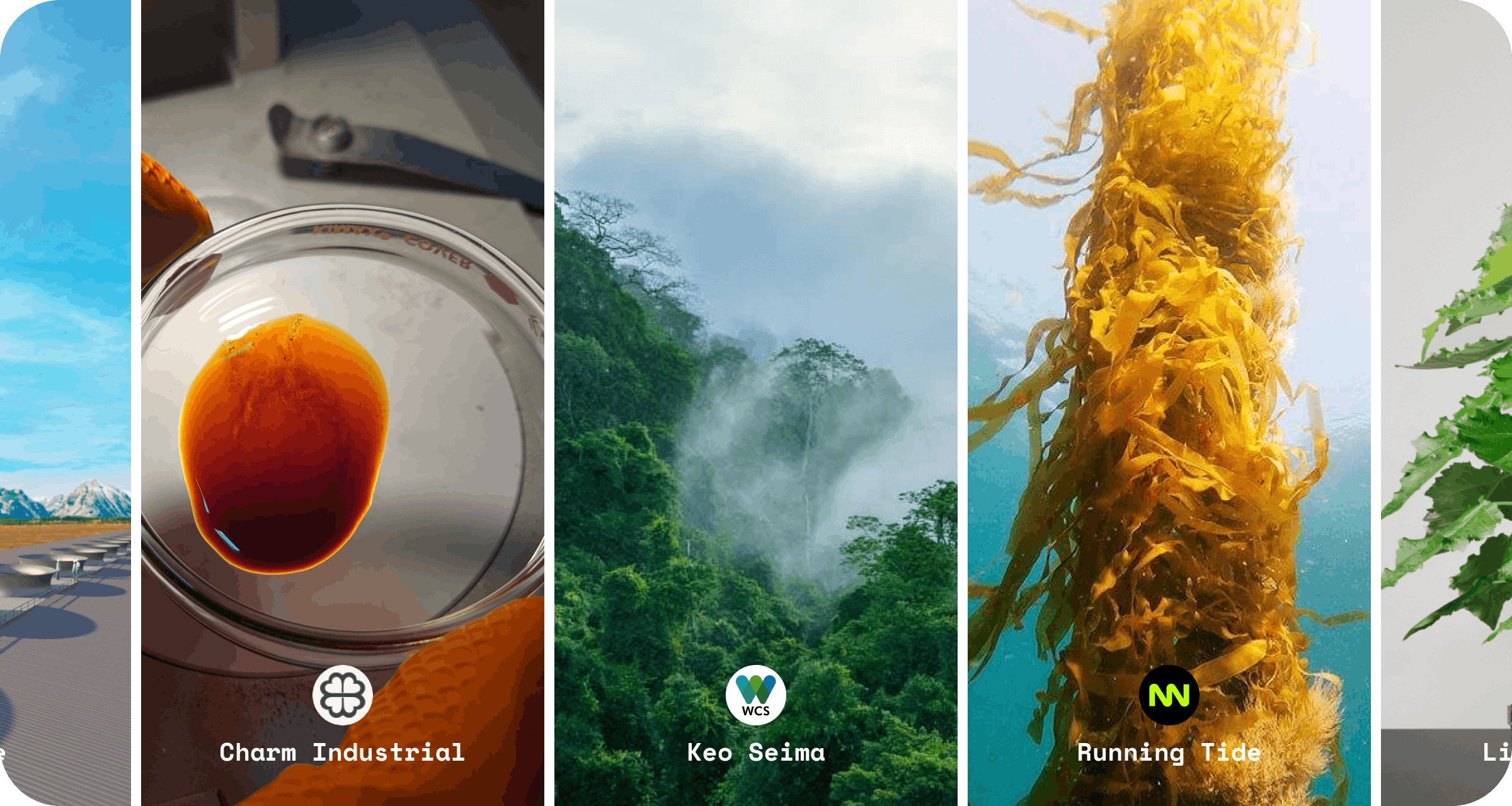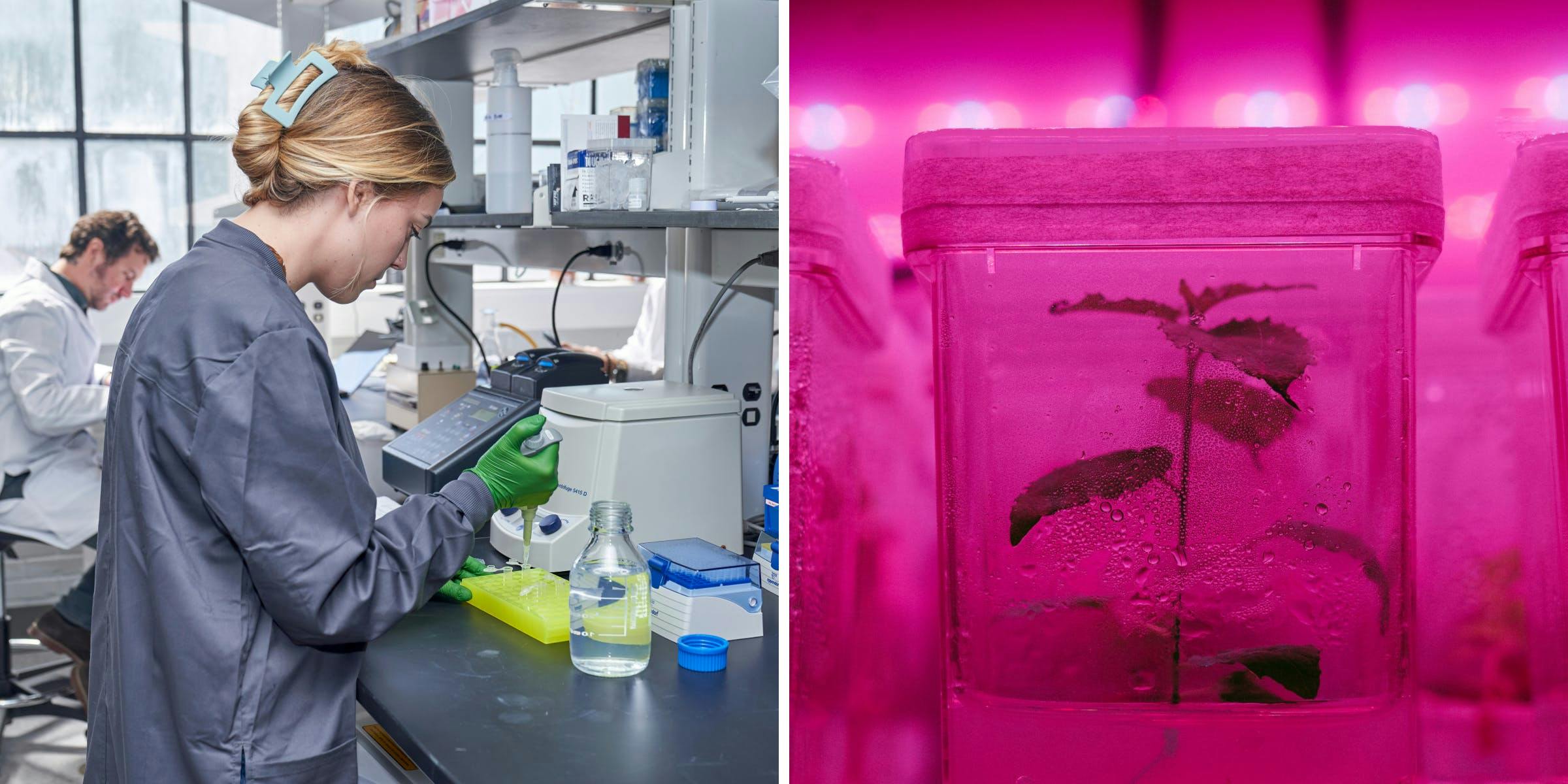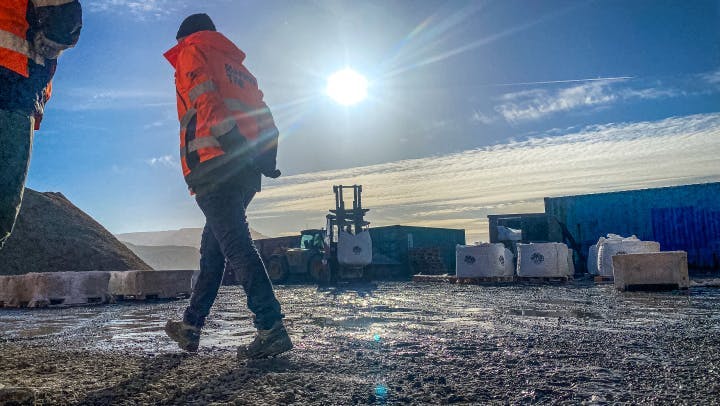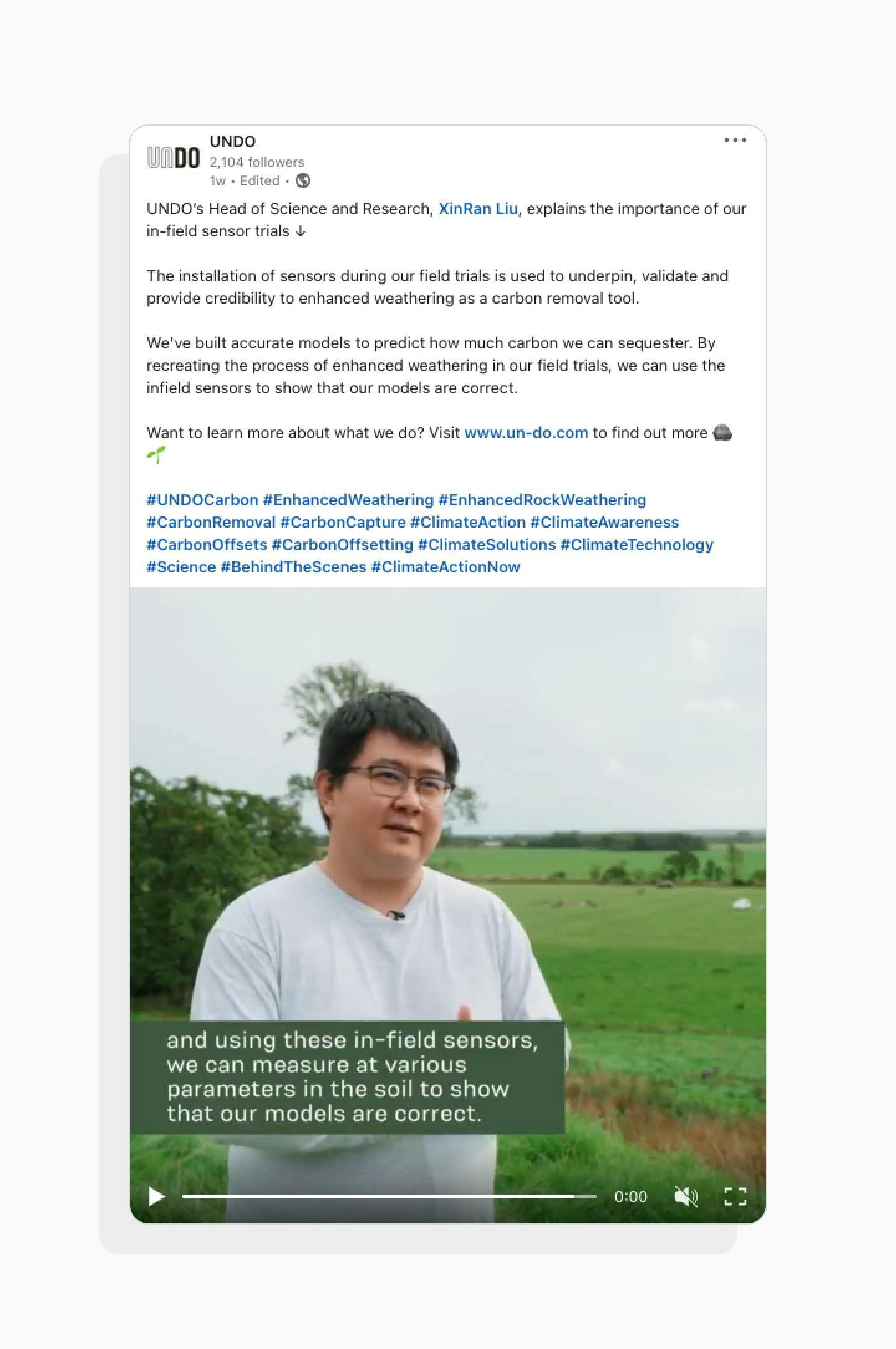

Does offsetting actually work? If so, how can we see the tangible, real-world impact of the carbon credits we buy from a project?
It’s a request we often get from our Lune customers.
So, to help bring the impact of business carbon offsetting to life, we’re publishing monthly updates from Lune’s library of curated, high-quality carbon offset projects (we won’t have updates for every project every time, but we’ll share what we do) – and this is the update for March 2023.
To support any of the projects mentioned in this blog, go to the Lune dashboard to buy carbon credits (you’ll need to sign-up or log-in to access the projects.)
1PointFive – Direct Air Capture 💨
1PointFive has announced that they will develop a Carbon Capture and Sequestration Hub in Southeast Texas. It’s a 55,000-acre site which will store around 1.2 billion tCO2 that has been removed from industrial facilities.
 Diagram showing geological sequestration of carbon. Credit: 1PointFive.
Diagram showing geological sequestration of carbon. Credit: 1PointFive.In other news, you might remember that back in January 1PointFive signed an agreement with American football team the Houston Texans.
This month, 1PointFive has announced that they are also working with baseball team the Houston Astros, who will buy carbon removal credits for at least the next three years as they work towards their climate goals
Charm Industrial – bio-oil sequestration 🛢️
Charm Industrial are members of the newly formed Carbon Removal Alliance – 20 companies focused on permanent carbon removal, who have come together to ensure credibility and quality in the growing carbon removal sector.
The Alliance is also working with policymakers, aiming to encourage them to prioritise certain criteria e.g. length of storage when implementing carbon removal policies, rather than supporting specific technologies. For instance, the $180 per ton tax credit under the US Inflation Act is currently only claimable by Direct Air Capture projects.
Other projects in the Lune library have also joined the Carbon Removal Alliance: Living Carbon, UNDO, and Running Tide.

Keo Seima – forest conservation 🌳
For International Women's Day on 8 March 2023, Everland (the project developer for the Keo Seima forest conservation project) shared the story of Yorn Sordet, an indigenous leader living in the project area who is empowering local women through her work on the conservation of the forest.
Living Carbon – biotech-enhanced reforestation 🌳
Living Carbon featured in the NY Times, with an article reporting on the team planting their photosynthesis-enhanced seedlings in a forest in Georgia, alongside existing native trees.
The article also explains the process of the laboratory development of the seedlings in detail.
 Photo credit: Living Carbon
Photo credit: Living CarbonRunning Tide – ocean carbon removal 🌊
Running Tide has appointed Deloitte to undertake an independent review of the components of the project’s ocean carbon removal system.
- Processes for quantifying net carbon removed
- The permanence and additionality of the method
- How the best available science is applied
- Environmental and ecological impacts associated with deploying kelp-seeded buoys into the open ocean
This is part of Running Tide’s commitment to ensuring the accuracy of their measurements of carbon impact, and therefore ensuring that they are a high-quality carbon project.
 Photo credit: Running Tide
Photo credit: Running TideSouthern Cardamom – forest conservation 🌳
Like Keo Seima, the Southern Cardamom forest conservation was featured in Everland’s International Women's Day campaign.
The story of Khuth Pheang was shared, who has been President of the project’s Protected Area since 2019, and is a role model for local women.
UNDO – enhanced weathering 🪨
Did natural rock weathering suck the carbon from Mars’ atmosphere? New research has found that it may have played a part! UNDO has shared more information on their blog.
UNDO also continues their LinkedIn video series, highlighting the importance of their monitoring, measuring, and verification (MRV) trials in Scotland for their enhanced weathering project.
In this video, UNDO’s Head of Science and Research, XinRan Liu, explains the importance of their in-field sensor trials – a vital part of how they are accurately quantifying the carbon removed through their rock weathering processes.

Want to know more?
Curious about how we go about sourcing and evaluating the high-quality carbon projects we include in our library at Lune? Take a look at our project evaluation guide.
Readers also liked
Readers also liked

Subscribe for emissions intelligence insights
Get the latest updates in the world of carbon tracking, accounting, reporting, and offsetting direct to your inbox.


